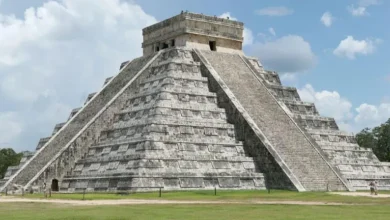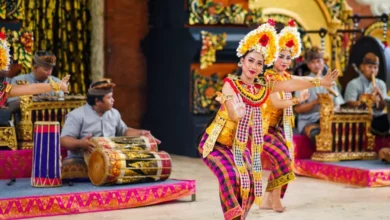The Maasai people, known for their distinctive customs and vibrant culture, are one of the most recognizable ethnic groups in East Africa.
This article delves into the fascinating world of the Maasai, exploring their history, traditions, way of life as semi-nomadic pastoralists in Kenya and Tanzania, and the challenges they face in the 21st century. We’ll unpack their unique social structure, deeply rooted traditions, and the pressures of modernization on their age-old lifestyle.
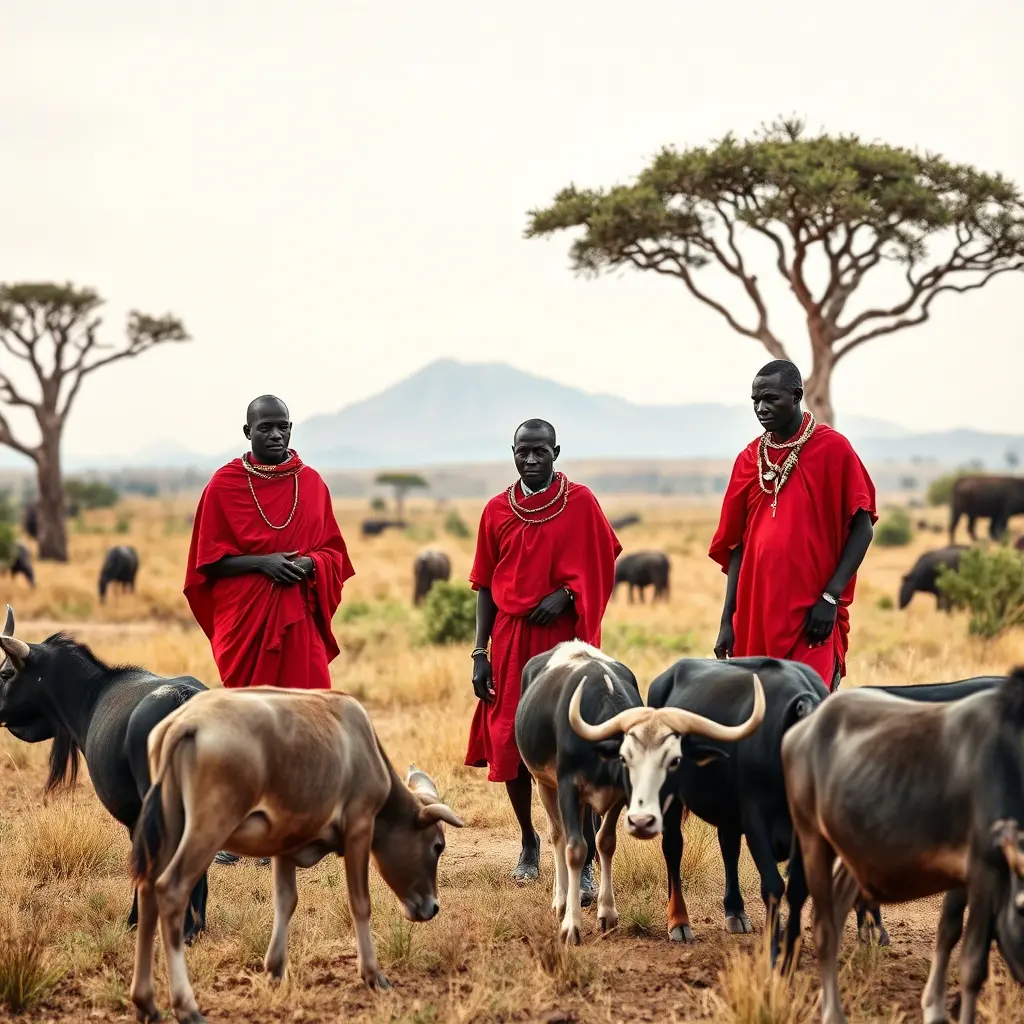
Who are the Maasai?
The Maasai are an ethnic group inhabiting parts of southern Kenya and northern Tanzania. They speak Maa, a language belonging to the Nilo-Saharan family. Estimates of their population vary, but they are believed to number in the hundreds of thousands. Their traditional territory stretches across the Great Rift Valley, a landscape characterized by vast grasslands and diverse wildlife.
What sets them apart is their adherence to their cultural traditions despite the increasing pressures of globalization and land use changes.
See also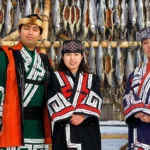 The Ainu: An Indigenous People of Japan and Russia
The Ainu: An Indigenous People of Japan and RussiaA History of Migration and Resilience
The Maasai are believed to have migrated to their present location from the north, possibly from the Nile Valley region, several centuries ago. Their history is one of expansion and adaptation, as they moved southward, displacing or assimilating other groups.
Their warrior skills and cattle-based economy allowed them to maintain a dominant position in the region for a considerable period. They have historically demonstrated resilience in the face of drought, disease, and conflicts, adapting their strategies to survive and maintain their cultural identity.
The Maasai Way of Life: Pastoralism and Tradition
The Maasai are primarily semi-nomadic pastoralists, meaning their livelihood revolves around raising livestock, primarily cattle, sheep, and goats. Cattle are not merely a source of food; they are central to their social, economic, and religious life. The size of a family’s herd often determines its wealth and status within the community. Their nomadic lifestyle allows them to follow the rains and access grazing lands for their animals.

Cattle: The Heart of Maasai Society
Cattle hold immense cultural significance for the Maasai. They are used for milk, blood (a dietary staple), and meat. Cattle are also used for bartering and are often given as gifts or used to pay dowry. The number of cattle a man owns directly impacts his social standing.
See also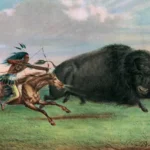 The Use of Bison Hides in Plains Indian Clothing
The Use of Bison Hides in Plains Indian ClothingEven the physical characteristics of cattle – their color, horn shape, and breed – can hold special meaning and be associated with specific clans or lineages. Beyond their practical uses, cattle represent wealth, power, and connection to the ancestral world.
The Enkang: The Traditional Maasai Homestead
The traditional Maasai homestead, known as an enkang, is a circular enclosure built using thorny bushes and branches to protect the livestock from predators. Within the enkang are individual houses, or enkaji, which are traditionally built by the women from mud, sticks, grass, cow dung, and ash.
These houses are typically small and simple, designed for sleeping and storage. The arrangement of the houses within the enkang reflects the family structure and social hierarchy. The central area is typically reserved for the cattle.
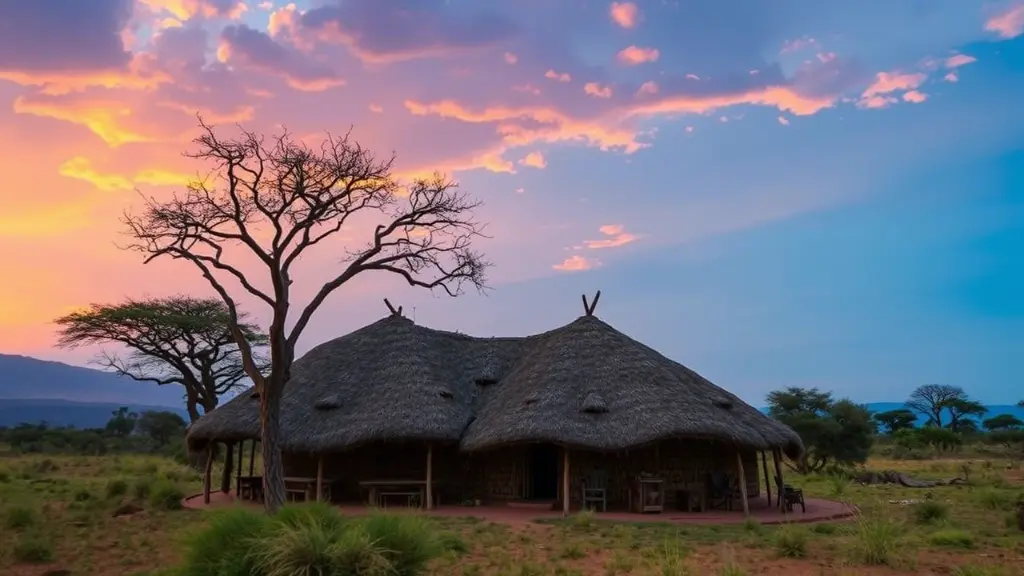
Diet and Sustenance
The Maasai diet traditionally consists of milk, blood, and meat, supplemented with grains and vegetables when available through trade. Milk is a staple food, and blood is often consumed fresh or mixed with milk. Meat is typically eaten on special occasions and during ceremonies.
While their traditional diet is heavily reliant on animal products, modern influences have led to the incorporation of more grains, vegetables, and processed foods into their diet, especially in areas closer to urban centers.
Maasai Social Structure and Customs
Maasai society is highly structured, based on age-sets and clans. These structures determine roles, responsibilities, and social status within the community.
Age-Set System: A Rite of Passage
The age-set system is a fundamental aspect of Maasai social organization. Young Maasai men go through a series of initiations and ceremonies, progressing through different age-sets, each with its own specific responsibilities and privileges. These age-sets typically span several years and create strong bonds of loyalty and camaraderie.
The most well-known age-set transition is from boyhood to becoming a warrior (moran). The moran period is often associated with specific hairstyles, clothing, and responsibilities such as protecting the community and its livestock.
The Role of Warriors (Moran)
The moran, or warriors, play a vital role in Maasai society. During their period as warriors, young men dedicate themselves to protecting the community from external threats, including wild animals and rival clans. They also undergo rigorous training and learn traditional skills. Traditionally, the moran lived together in separate camps, away from their families, allowing them to focus on their duties.
While the traditional role of the moran has evolved in modern times, they still hold a position of respect and are often seen as symbols of Maasai strength and resilience.
Clan System and Lineage
The Maasai are organized into clans and lineages, which determine inheritance, marriage patterns, and social obligations. Clan membership is inherited through the father’s line. Certain clans are associated with specific skills or responsibilities within the community. The clan system also plays a role in conflict resolution and resource management.
Traditional Governance and Leadership
Maasai society is governed by a council of elders, who are respected for their wisdom and experience. The elders make decisions on important matters affecting the community, such as land disputes, resource allocation, and conflict resolution. While there is no single paramount chief, certain elders may hold significant influence due to their knowledge, skills, and respect within the community. These leaders often play a critical role in mediating disputes and maintaining social harmony.
Maasai Attire and Adornment
The vibrant and distinctive attire of the Maasai is one of their most recognizable cultural features. Their clothing and jewelry are not merely decorative; they convey information about age, status, and social identity.
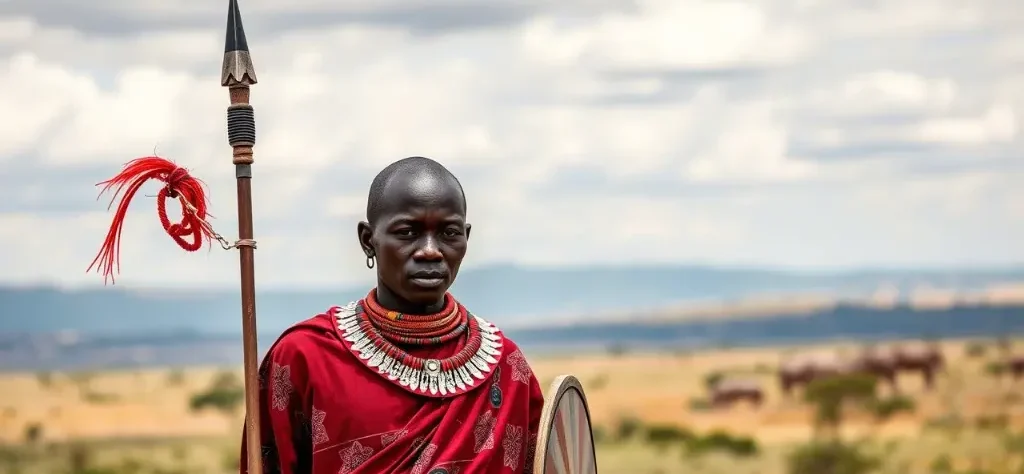
Shukas: The Traditional Maasai Cloth
The shuka is a brightly colored cloth, typically red, blue, or black, worn by the Maasai. It is often wrapped around the body and serves as a versatile garment, providing protection from the sun, wind, and rain. The color and patterns of the shuka can vary depending on the age, gender, and status of the wearer. Red is often associated with bravery and strength, while blue can represent the sky and God.
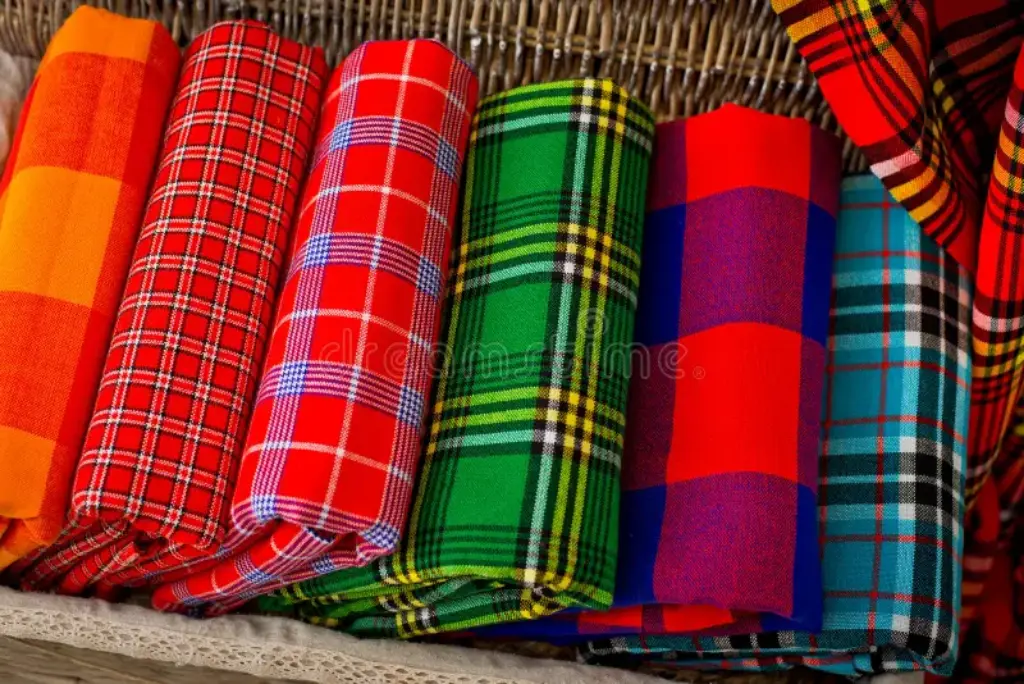
Beadwork and Jewelry: Symbols of Identity
Maasai beadwork is renowned for its intricate designs and vibrant colors. Beaded necklaces, bracelets, earrings, and headpieces are worn by both men and women. The colors and patterns of the beads carry symbolic meanings and can indicate age, marital status, and social standing.
Traditionally, women are primarily responsible for creating beadwork, which is passed down from generation to generation. The art of beadwork is not only a form of self-expression but also an important source of income for many Maasai women.

Hairstyles and Scarification
Hairstyles and scarification also play a role in Maasai cultural expression. Young boys typically shave their heads, while warriors often grow their hair long and braid it. Women’s hairstyles vary depending on their marital status and age. Scarification, the practice of creating raised scars on the body, is also practiced by some Maasai, often as a form of beautification or to mark significant life events.
Maasai Culture and Spirituality
Maasai spirituality is deeply intertwined with their relationship with nature and their livestock. They believe in a single God, known as Engai, who is both benevolent and powerful. They also have a deep respect for their ancestors and believe in the power of blessings and curses.
Engai: The Supreme Being
Engai is the Maasai name for God, who is considered the creator and sustainer of all things. Engai is seen as both male and female, representing the balance and harmony of the universe. Prayers and offerings are made to Engai to seek blessings for health, prosperity, and protection.

The Role of the Laibon
The laibon is a spiritual leader and traditional healer in Maasai society. The laibon possesses special knowledge and skills and is consulted for guidance on matters of health, divination, and conflict resolution. The laibon plays a crucial role in maintaining the spiritual well-being of the community and is often seen as a link between the Maasai people and the divine.
Ceremonies and Rituals
Ceremonies and rituals are an integral part of Maasai life. They mark important life events, such as birth, initiation, marriage, and death. These ceremonies often involve singing, dancing, feasting, and animal sacrifices. They serve to reinforce social bonds, transmit cultural knowledge, and maintain harmony with the spiritual world.
Challenges and Changes Facing the Maasai Today
The Maasai face numerous challenges in the 21st century, as they strive to maintain their cultural identity and way of life in a rapidly changing world. These challenges include land loss, climate change, modernization, and pressure from tourism.
Land Loss and Resource Competition
One of the most significant challenges facing the Maasai is the loss of their traditional grazing lands. Population growth, agricultural expansion, and the creation of national parks and reserves have all contributed to the shrinking of Maasai territory. This loss of land leads to increased competition for resources, such as water and grazing land, and can exacerbate conflicts between different communities.
Climate Change and Environmental Degradation
Climate change poses a serious threat to the Maasai way of life. Increasingly frequent and severe droughts are impacting their ability to raise livestock, their primary source of sustenance. Environmental degradation, such as deforestation and soil erosion, further exacerbates the effects of climate change.
Modernization and Cultural Erosion
The increasing influence of modernization and globalization is leading to cultural erosion among the Maasai. Exposure to modern education, technology, and consumer culture is changing their values and lifestyles. Younger generations are increasingly drawn to urban centers and modern employment opportunities, leading to a decline in traditional skills and knowledge.
Tourism and its Impact
Tourism can both benefit and harm the Maasai. On the one hand, tourism can provide economic opportunities through the sale of crafts and cultural performances. On the other hand, it can lead to the exploitation of Maasai culture and the commodification of their traditions. It is important to ensure that tourism is sustainable and benefits the Maasai community in a fair and equitable manner.
Conservation Efforts and Sustainable Development
Various initiatives are underway to support the Maasai in preserving their culture and adapting to the challenges of the 21st century. These initiatives focus on sustainable development, community-based conservation, and cultural preservation.
Community-Based Conservation
Community-based conservation programs are designed to empower local communities to manage and protect their natural resources. These programs often involve the establishment of community conservancies, which are areas of land managed by local communities for the benefit of both wildlife and people. These conservancies provide alternative sources of income, such as tourism revenue, and help to reduce conflicts between humans and wildlife.
Sustainable Tourism
Sustainable tourism initiatives aim to promote responsible and ethical tourism practices that benefit local communities and minimize negative impacts on the environment and culture. These initiatives often involve training local guides, supporting locally owned businesses, and promoting cultural sensitivity among tourists.
Cultural Preservation Programs
Cultural preservation programs are designed to document and preserve Maasai traditions, language, and cultural heritage. These programs often involve supporting traditional artisans, recording oral histories, and promoting cultural education.

The Future of the Maasai
The future of the Maasai people depends on their ability to adapt to the changing world while preserving their cultural identity. By embracing sustainable development, engaging in community-based conservation, and promoting cultural preservation, the Maasai can ensure that their unique way of life continues to thrive for generations to come.
The key is to strike a balance between modernizing and maintaining the strong cultural values that have defined them for centuries. They will need to navigate the complexities of globalization while preserving their traditions, ensuring that their rich heritage continues to enrich the world.

